Continental-scale proposal
The Council of Europe initiative features thousands of local events attended by 20 million people every year. The primary aim is to raise awareness on Europe’s cultural richness and diversity. An array of events from Slovenia to Georgia, passing through Greece, Finland and Spain. The focus is also on historical and religious sites. 2018 will be the European Year of Cultural Heritage

“It is the most widely celebrated participatory cultural event in Europe”: in fact over 20 million people take part in the European Heritage Days every year. The Council of Europe launched the initiative in 1985, to be held in the months of September- October. It became a joint action co-organised with the European Union in 1999. In is marked by a set of highly challenging aims: “to raise awareness of Europe’s cultural richness and diversity, stimulate interest in Europe’s cultural heritage, counter racism and xenophobia and encourage greater tolerance for other cultures across Europe” and to “inform about the need to protect cultural heritage” whilst inviting “Europe to respond to the social, political and economic challenges of the culture sector.”
With and for young people. A pan-European theme is proposed each year. For 2017 emphasis was given to “Heritage and nature: A Landscape of possibilities”, but Countries are free to organize events around a theme of their choice. For example, for September 16-17 France chose to focus on “Young Generations and heritage”, with initiatives in 17 thousand sites and 26 thousand events. Greece chose the theme of “Violence and tolerance” for its September events, while Switzerland held 330 initiatives marked by the theme “Power and splendour”, to retrace “how expressions of power are manifested in built and intangible cultural heritage.”
Waters and paths of peace. Following the European theme, Slovenia’s days were centred on “Water- from myth to architecture”: the opening event of the cultural heritage week took place on 23rd September at Tomin, near the “magical confluence of two rivers, Tolminca and Isonzo”, featuring over 380 initiatives ongoing until September 30. Bridges, wells, water mills, vessels, fountains, waterfalls, rivers and lakes, as well as grottos and finally the sea, along with artefacts and water stories representing the thread that binds together this natural heritage with Slovenian history, art, architecture and literature.
This thread also passes through the church of the Holy Spirit on the Julian Alps, above the alp Polog
This Memorial Church was build in remembrance of the fallen of the First World War, located along “the historical Path of Peace trail from the Alps to the Adriatic” along the battle-line traced by Soča river.
A source of inspiration… Georgia dedicated its events of September 30-October 1st to the common European theme with clean up days, dendrological workshops, discovery visits to national parks and sites, lectures and talks. The events in Iceland, due to be celebrated on October 14, fully reflect the European theme with hikes and debates on the link between nature and culture, climate and landscape. Finland celebrated the Days at the end of August with the motto: “Discover nature together”, based on the assumption that “Finnish nature is a source of inspiration and a place to relax”, and that “it can even provide building material for our identities” as “many of the nature sites are also cultural environments”: thus the program focused on national parks, national urban parks, heritage biotopes, living cultural heritage relating to nature, environmental art, natural monuments and wood architecture. Interesting initiatives are taking place in Spain , ongoing for a few weeks throughout the month of October, notably, an event involving 18 municipalities focuses on the theme of olive groves in the region Estremadura.
Twelve special months in 2018. The comprehensive range of proposals designed by each Country is extremely captivating. In fact the program of the Days features over 70 thousand events. The massive involvement of EU Countries – while not all Council of Europe member States have published a program for the Days – bodes well for the European Year of Cultural Heritage that will open on January 1st 2018, devoted to exploring “the richness and variety” of cultural heritage. As compared to the 2017 Days, said the Commissioner for Culture Tibor Navracsics, the Year will highlight
“the European dimension of this rich cultural heritage”
so it may become “an important resource” in the “construction of our future.” Also for this purpose a few days ago the Commission launched a call for proposals to fund, with a total budget of €5 million, transnational cooperation projects linked to the European Year of Cultural Heritage. The aim is “to strengthen the sense of belonging to a common European space” through projects “that focus on awareness raising and communication activities, and which will make “a long-term impact.”